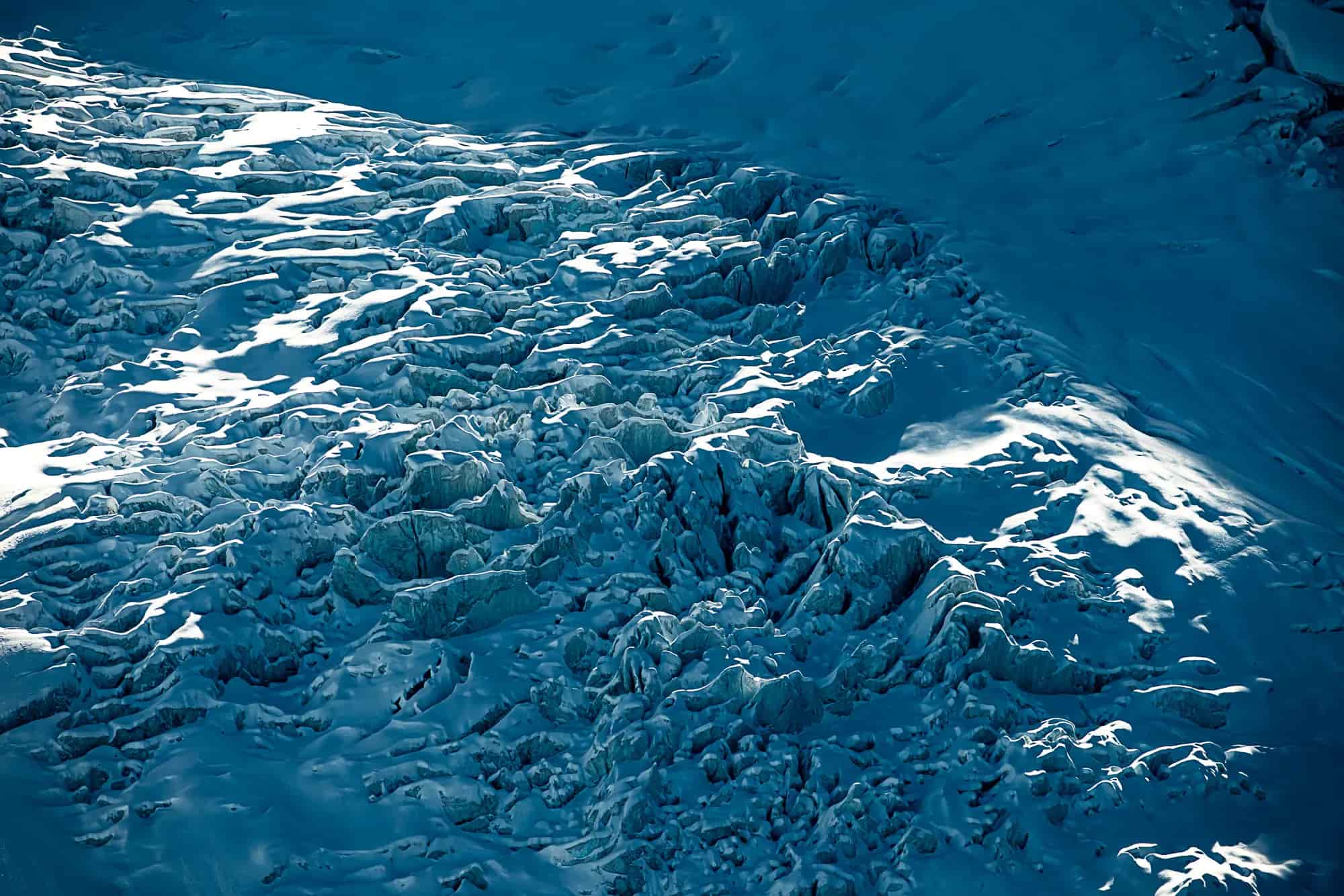For us humans, our environment is a complex, multidimensional construct of physical and physiological influencing factors. In our environmental articles, we look at the interconnectedness of nature, people and the behavior of us humans and focus in particular on the effects of our actions with regard to global warming.
Our environment

will be the warming of Switzerland by the year 2100.
Our relative understanding of temperature
The average human body temperature is 37° Celsius. From around 38°, one speaks of fever, a temperature of more than 42° is usually fatal.
Between life and death lie 5° Celsius, in a system which, if we consider the human body as a whole, can certainly be regarded as complex. What effects, then, will even small variations in temperature have in a system many times more complex than our earth?
Our understanding of temperature differences all too often proves to be distorted. We infer from our individual, external temperature sensation to the behavior of several interdependent and interrelated systems during temperature changes. For our perception, a 2° difference means changing from a sweater to a T-shirt. For the human body system, on the other hand, it already means severe stress and that we have a high fever.
Does our earth have a fever?

of their total mass was lost by glaciers in 2022 alone.
The eternal ice is disappearing
The question is no longer whether the ice, which is not eternal at all, will melt, but only until when and to what extent. The tipping point for stopping the glacier melt has already been passed in most global regions. Already today’s generation of newborns will experience a different landscape than we know it.
70% of the fresh water on our planet is stored as ice in glaciers. We use it as drinking water as well as for energy production. The glacier system functioned reliably for thousands of years: in winter a thick layer of snow covered the nutrient zone of the glacier, in summer part of it melted slowly, the lowest layers of snow became ice and nourished the glacier. Those days are long gone, and with each passing year and increasing speed, the world’s glaciers are losing more of their volume.
An unstoppable process that remains invisible to most people.

people depend directly and indirectly on water from glaciers.
The water castles of the earth
Around 20% of the total population of our planet depends on water, which is ultimately fed by glaciers. In Europe, this primarily affects the downstream basins of the Rhône, Rhine and Po rivers, which supply a total of around 72 million people with the vital elixir of water.
The consequences of a lack of glacier melt are already being felt today. In combination with a lack of precipitation due to drought, they are leading to massive water shortages in agriculture and to nuclear power plants running at reduced capacity due to a lack of cooling water. In addition, there are low water levels on the economically indispensable inland waterways or a lack of drinking water in times of drought, such as in the Bolivian Andes.

of global agricultural land is used for meat production.
80% land use for only 11% of total calories
Usable agricultural land is a highly competitive commodity. Increasing drought in combination with rising temperatures reduce the usable area or require a change in strategy with regard to the crops grown. If the agricultural products obtained from this land are used for meat production instead of direct food production, this type of management is 100 times more inefficient than direct use to produce the same amount of calories.
In addition, there is an enormous direct and indirect consumption of fresh water as well as the emission of greenhouse gases, which is many times higher at 10 – 36 kg CO2 per kCal compared to the approximately 2 kg of fruit or vegetables.

factor is decisive: the behavior of us humans.
A blog for our environment
Overcoming the climate crisis depends substantially on our behavior. It is the task of each individual to continuously question themselves self-critically, to inform themselves with the help of reputable sources, to draw conclusions from the findings and to act consistently. The will, discipline and resilience of each individual determine what kind of world we will live in tomorrow.
While Marina studied environmental engineering and was thus able to gather a deep, theoretical insight into our environment, we as photographers and outdoor sports enthusiasts have already been seeing the effects of climate change in our immediate surroundings on a daily basis for many years. With our blog articles on the environment, sustainability and global warming, we want to inspire reflection, let pictures speak for themselves and inform.

